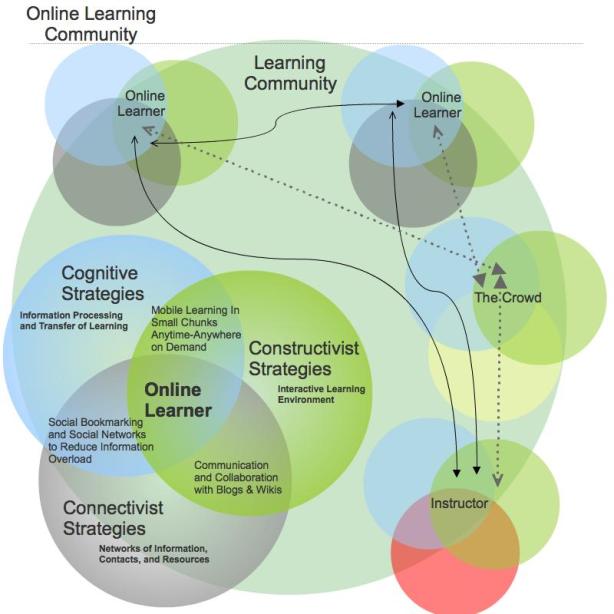What’s a pop up school? Is it like a pop up book?
Well, not exactly, its more like the pop up art gallery or retail stores that have become common in Chicago. The recession has left vacant storefronts, so why not use them for something.
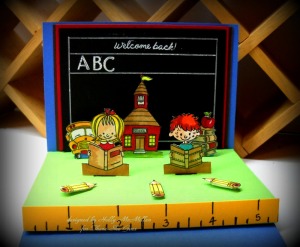
A recent question from Chad Sensing in the CLMooc caused me to revisit my idea to start up such a school. Instilled with knowledge from an education degree, a passion to teach, and a love of technology, I thought about opening my own pop up school.
I believe its possible to teach anyone almost anything armed with an iPad. So naturally I thought about finding a vacant storefront, buying some iPads and going to work. The first thing I could teach of course would be how to use an iPad or how to use it effectively at least. There seem to be so many people out there with fancy devices that have no idea how to use them much less use them for learning.
It was probably a bit unrealistic to think I could post a few flyers or craigslist ads, get a booth at the local ribfests, or create an inviting space out of an old dollar store and the students would come. That didn’t stop me from often pondering the idea, and going as far as posting the company on my Linked in profile in order to fill a hole in my resume. Unfortunately my resources have never been adequate to pursue this idea. A stay at home Dad with two young kids has neither time nor money.
The question though from Chad Sensing recently that asked “How do we make a pop-up school?” on Google + made me think of the idea, and how it may relate to connected learning.
My initial thought is that a pop up school conveys the idea that learning can happen anywhere at anytime. It might be online with people from around the world or with your neighbors around the corner. A pop up school can occur in a home setting,(Red Wine Drinking 101 or How to post pictures to Facebook, for example), or it can happen in the town square, teaching children how to make bead art.
I believe learning, and school for that matter, shouldn’t just happen at an educational institution. It doesn’t need four walls or desks, or Smartboards or lunch ladies, or principals or overblown budgets. It only needs someone willing to learn and someone willing to teach.
A pop up school in the theoretical sense is related to Connected Learning in that it also can make learning relevant to real life and real work. Whether it is just in time, just for fun, or because you just want to know. The focus is certainly on the learner and what they are interested in learning at that moment in time. The connections made between Teacher/Mentor and student are completely authentic.
I think where I first encountered the idea of a pop up school was a website for the Oklahoma 2010 Creativity World Forum. They created the video here.
Since the internet enables us all to learn anytime, they wondered how long will it be before schools are more like events than buildings? They also questioned why we would choose to come into school, if we can learn on our own, at home, online, any time of the day or night? Are schools are always the best places to learn something? Shouldn’t young people be given credit for all the things they learn and the skills they acquire outside school? Why are they not part of our assessments in school?
Some recent searches reveal other organizations looking in to this same idea.
Dean Groom posted “Why we need pop up schools” last year on his blog. He argued that all a pop-up school needs to get past an idea to a reality is creative thinkers who like to do, not talk – and temporary space that is accessible. I hope he wasn’t talking about me.
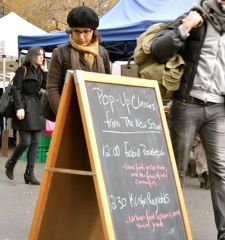
The New School in NYC recently held some pop up classes on Urban Farming. Creating classes at the Union Sq. Greenmarket, they invited participants to: “Come and see what your community is doing”.
My local library now has some seminars like these about native plant gardening. Not exactly a pop up school but close.
Knowledge Commons DC runs what they call a floating school. They have been around since 2011 as “a free school for thinkers, doers, and tinkerers – taught anywhere, by anyone, for everyone”.
Their website states that they are dedicated to forging unusual intersections and conversations by providing a platform for free and hospitable knowledge sharing. They partner with existing organizations, individuals, and communities to foster collaborative learning and community exchange.
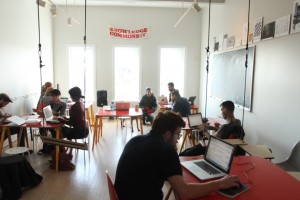
As I reflect on the thinking behind Connected Learning, specifically that we need new models of education, and entirely new visions of learning better suited to the increasing complexity, connectivity, and velocity of our new knowledge society, I can’t help but think that pop up schools fit somewhere in that definition.
Pop up Schools are more then simply new models of schooling, they reflect a trend to informalize learning, while also introducing new concepts and capabilities to learners who don’t participate in Moocs, have never heard of a PLN, and may like the comfort of hands on learning within their community.
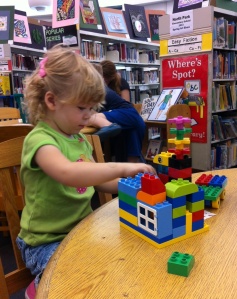
As I finish this post, I can’t help but think I may have started a pop of school after all. I realized long ago that I have to think outside of the box when caring for my my 3 year old daughter, and son who is 6. For us learning happens anytime and everywhere. There are always new interests and new concepts to learn.
Not exactly how I intended my school to be, but it’s always a learning experience.
How about you? Have you seen any pop up schools in your neighborhood?
0.000000
0.000000
